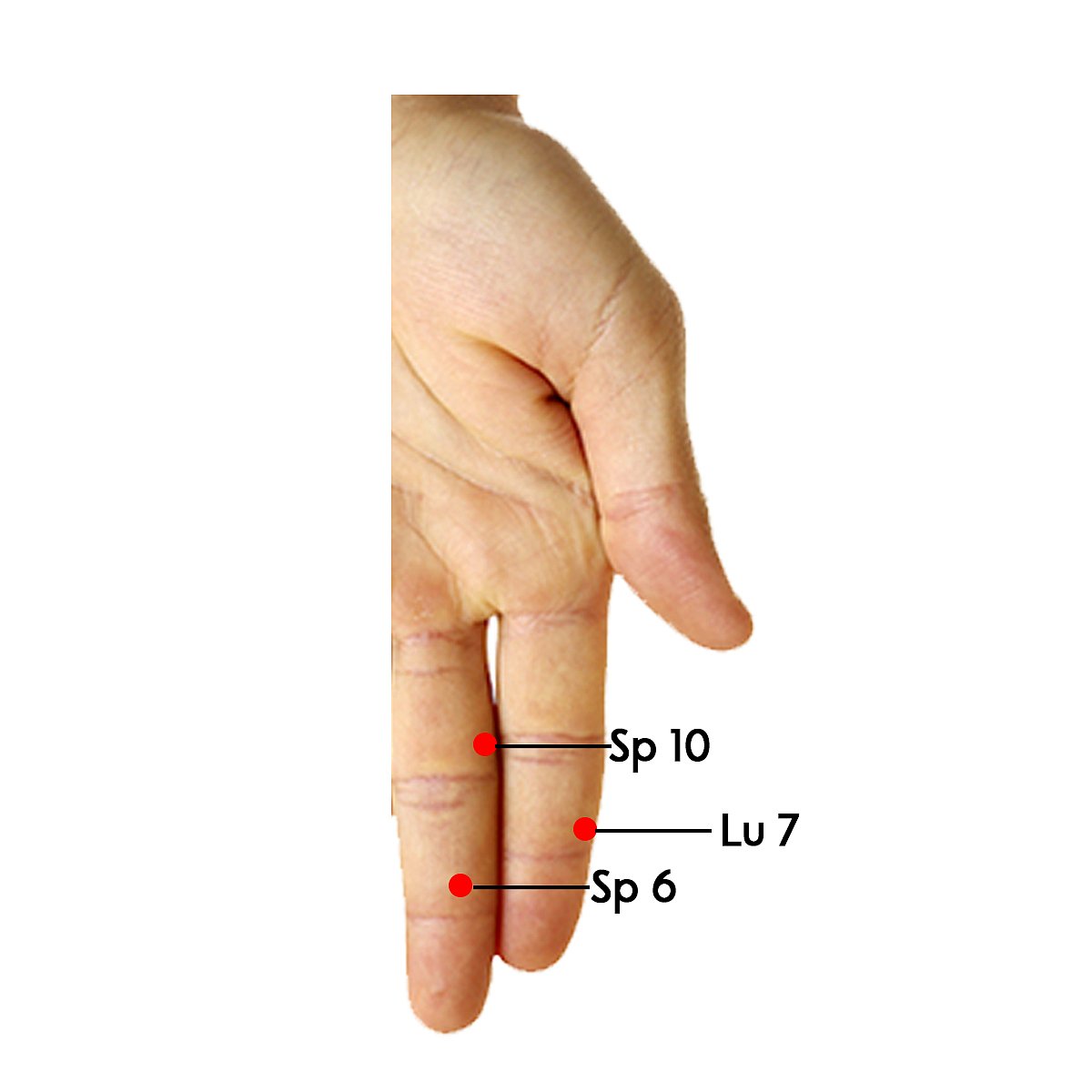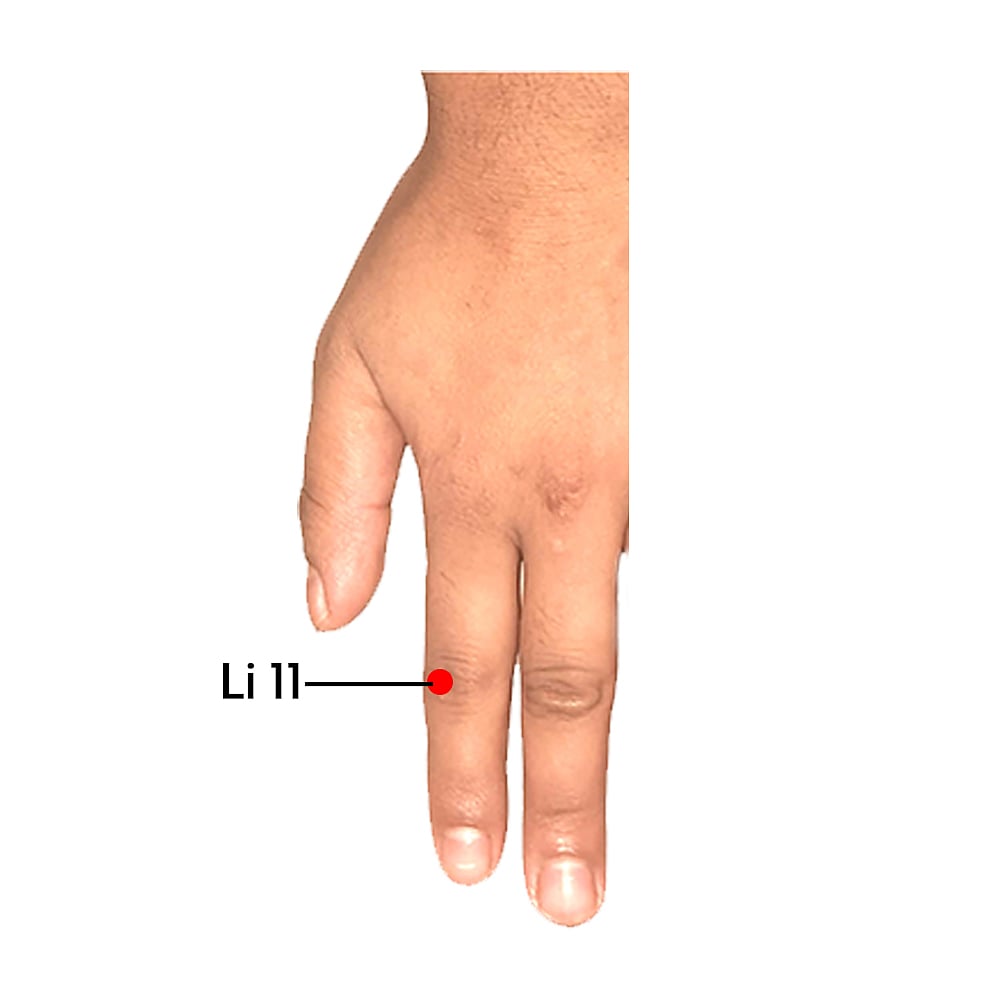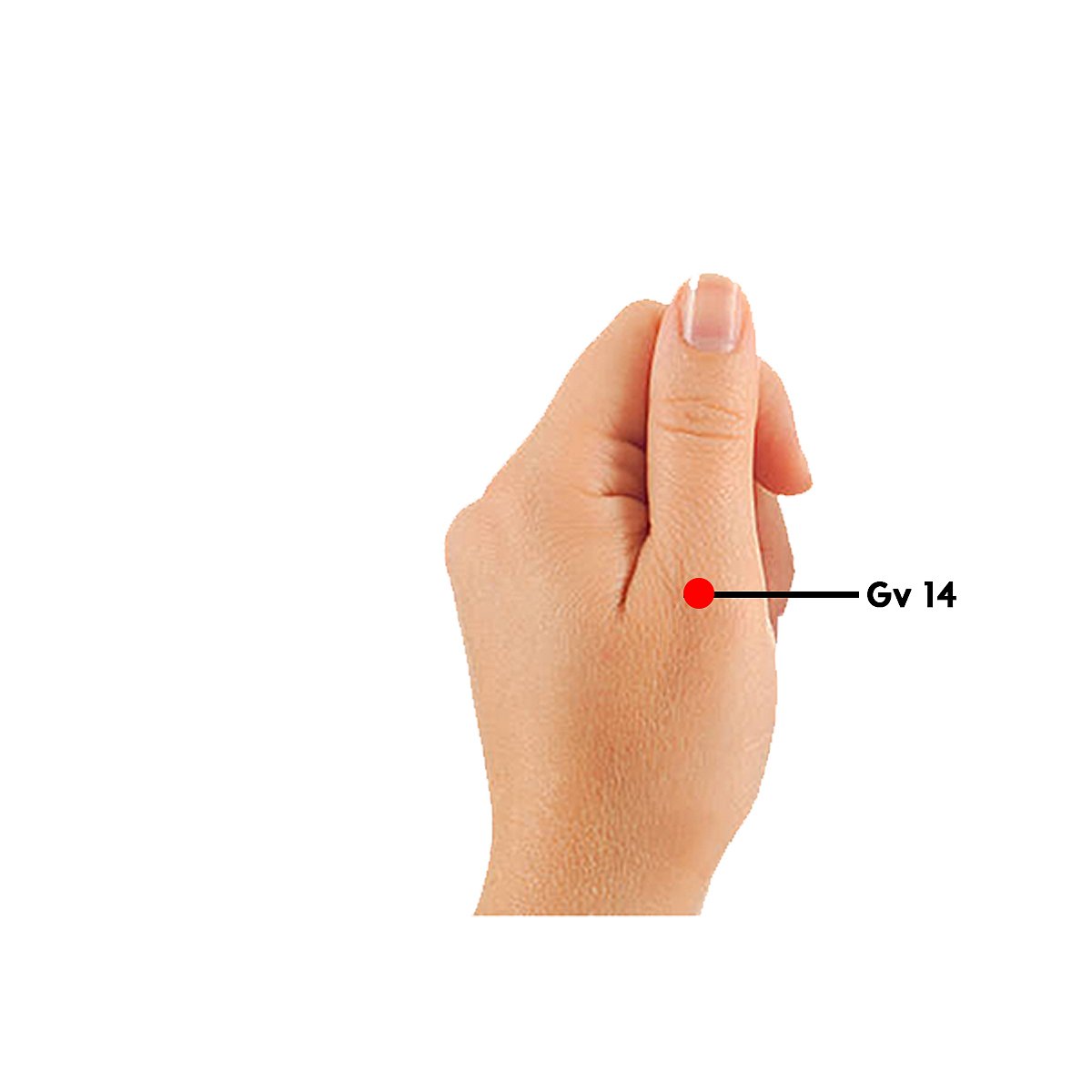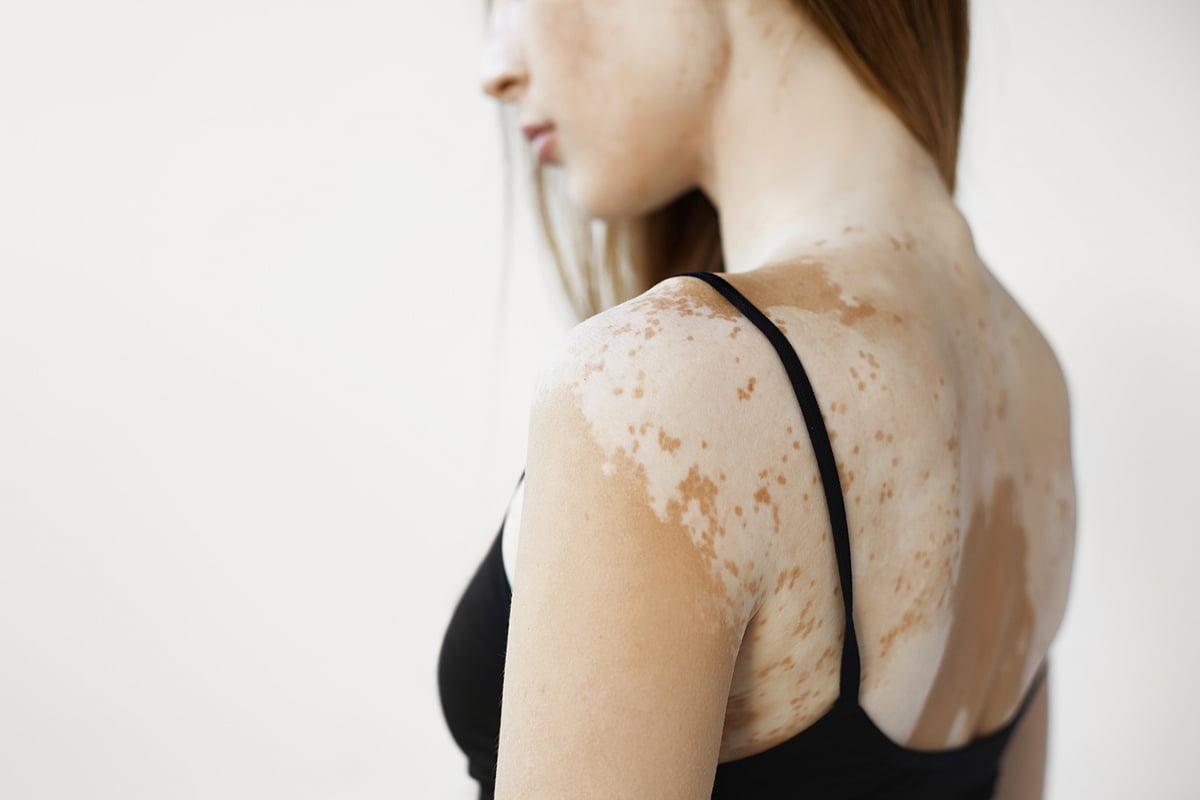Have you ever been told not to have dairy products after seafood as it may give rise to a “disease” that can cause unsightly white patches? The stigma associated with these patches is akin to be treated as a leper or cancer patient. So strong is the stigma for those affected that it can cause psychological problems.
Vitiligo also called as leucoderma is not a disease, rather an autoimmune disorder wherein the immune system of the body attacks the healthy cells and in turn starts affecting the body. The condition is characterised by white patches on the skin that develops because of melanocytes within the skin. These are the cells that are responsible for the skin pigment melanin that gives colour to your skin. The white patches appear when the melanocytes die off.
It is important to understand that vitiligo is not some form of cancer or leprosy and it is certainly not life-threatening. It is important to understand that vitiligo does not affect a person’s ability to perform day-to-day activities. It is people’s perception of the condition that has brought a social stigma to this problem.
Vitiligo usually begins with a few small white patches that may gradually spread over the body over the course of several months. Vitiligo typically begins on the hands, forearms, feet, and face but can develop on any part of the body, including the mucous membranes (moist lining of the mouth, nose, genital, and rectal areas), the eyes, and inner ears.
Sometimes the larger patches continue to widen and spread, but usually they stay in the same place for years. The location of smaller macules shifts and changes over time, as certain areas of skin lose and regain their pigments. Vitiligo varies in the amount of skin affected, with some patients experiencing few depigmented areas and others with widespread loss of skin colour.
Types of vitiligo:
Generalised, which is the most common type, when macules appear in various places on the body.
Segmental, which is restricted to one side of the body or one area, such as the hands or face.
Mucosal, which affects mucous membranes of the mouth and/or the genitals.
Focal, which is a rare type in which the macules are in a small area and do not spread in a certain pattern within one to two years.
Trichome, which means that there is a white or colorless center, then an area of lighter pigmentation, and then an area of normally colored skin.
Universal, another rare type of vitiligo, and one in which more than 80% of the skin of the body lacks pigment.
Vitiligo affects all races and genders equally; however, it is more visible in people with darker skin. Although vitiligo can develop in anyone at any age, it most commonly appears in people ages 10 to 30 years. Vitiligo rarely appears in the very young or very old.
Although the causes of vitiligo aren’t completely understood, there are a number of different theories:
Autoimmune disorder: The affected person’s immune system may develop antibodies that destroy melanocytes.
Genetic factors: Certain factors that may increase the chance of getting vitiligo can be inherited. About 30% of vitiligo cases run in families.
Neurogenic factors: A substance that is toxic to melanocytes may be released at nerve endings in the skin.
Self-destruction: A defect in the melanocytes causes them to destroy themselves.
Vitiligo may also be triggered by certain events, such as physical or emotional stress. Because none of the explanations seem to completely account for the condition, it’s possible that a combination of these factors is responsible for vitiligo.
Vitiligo is not painful. However, you can get painful sunburns on the lighter patches of skin. It is important to protect yourself against the sun with measures like using sunscreen, staying out of the sun during the hours that it is strongest, and wearing protective clothing. Some people with vitiligo have reported having itchy skin sometimes, including before the depigmentation starts.
Signs and symptoms of vitiligo include the following:
Patches of skin lose colour. This can include the eyes and/or the mucous membranes in your mouth or nose.
Patches of hair on your head or face turn prematurely gray or white.
Generally, the diseases that are caused due to bacteria or viruses are contagious and spreads through physical contact or air transmission but this is not the case with vitiligo. It is not infectious or contagious and hence, cannot pass on from one person to the other through touch, blood, sexual intercourse, inhalation, saliva, or sharing of private things like towels, or using the same glass for drinking water. Vitiligo does not start or get aggravated by consuming milk, sour foods, and citrus fruits like lemons, lime, etc. or by drinking milk after having fish.
If you have white patches, try to avoid using chemical rich beauty products such as deodorants, perfumes, hair dye, etc. The white patches spread by high chemical exposure. Here are some ways of controlling if not reducing the problem.
Those who has been reading my articles will surely know as to how to trace these meridians but for new readers I may explain that there are 14 meridians running through our body from head to toes. The specific points for these are given in the figure. These Protocols are based on the research done by the Institute of Acupressure and Holistic Healing – Allahabad since over two decades.
Treatment: One has to take a Jimmy / Probe or a pencil with its lead point broken and smoothened. Without applying much pressure move the blunt point in the area shown on the skin of fingers and toes. The affected point as shown will be very painful. Stimulate it, by turning it clockwise and anticlockwise for a minute or two. One will generally, feel some relief instantly. Paste tiny Byol magnets for about eight hours - preferably before sleeping. If the point has an arrow up, please use a magnet with yellow side touching skin and if arrow down then white touches skin. The points are to be stimulated three to four times in daytime and magnets attached at night. Repeat the treatment till the problem is over.



Treatment: Find these pressure points – Lu 7, Li 11, GV 14, Sp 6 and Sp 10, with a probe and stimulate the painful points as described above and then paste dry methi seeds with medical adhesive tape. In addition to this treatment, if there is a patch of pigmented skin, white or other colours on the skin then paste star magnets, surrounding the patch, with medical adhesive tape.
(The Free Press Journal along with the Lions Club of Mumbai ACTION would like to guide people on how to treat self through non-invasive, therapies like Sujok, Ayurvedic Acupressure and Mudra Yoga. This is complementary and will not override the treatment given by doctor. Please share your problems by writing to us at features@fpj.co.in; lionsclubofaction@gmail.com. You can also share the problem on WhatsApp at 9323178565.)










